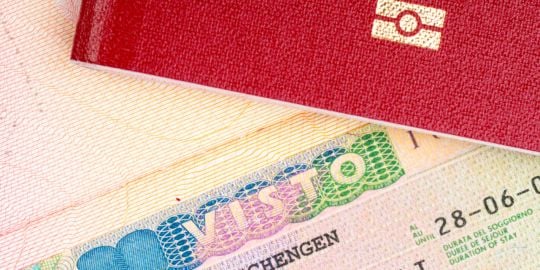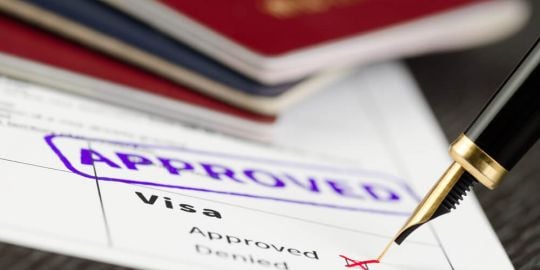How to drive in Italy

Driving is a great way to see more of Italy's beautiful towns and countryside, although it can be an intimidating prospect for expats without experience. In general, road safety precautions are well observed, and as long as you ensure that you have the correct permits and observe the driving code conscientiously, you should not have any issues.
Good to know :
Some cities, particularly in southern Italy like Rome or Naples, have quite chaotic traffic. So keep that in mind if you are not used to driving in these conditions, you may be surprised or even destabilized. Be extra cautious.
Driver's license in Italy
You will need a valid driver's license and an International Driving Permit to drive in Italy.
EU/EEA citizens
Expats who have a valid EU or EEA issued drivers licence can drive in Italy without restriction and do not need to convert the license into an Italian driver's license unless you prefer to do so. You will need to renew the license after two years of moving to Italy.
You will also need an IDP license (full list here). An IDP is essentially an official, multi-language translation of your driving license.
Non-EU/EEA citizens
If you do not have an EU or EEA issued driving license, you must exchange your driving license within one year of moving to Italy. To do this you will need to go to the Agency of Ministry of Transport (Ufficio della Motorizzazione Civile) responsible for the province you live in. You will need to bring:
- Your driving licence and a copy of it
- Fill in form TT 2112
- Provide two passport photos
- Provide a medical certificate with a copy (both must include a photo)
- A payment (usually around 9 euros for CC9001 and 32 euros for 4028)
If you do not have a driving license and you would like to learn how to drive in Italy, read our helpful guide here.
Important:
You must always have your driving license, car papers, and insurance documents in the car with you at all times. It is also mandatory to keep a reflective safety vest in the car too.
Insurance
Car insurance is compulsory in Italy. If you are driving your own car, a carta verde valid for 15-45 days must be issued before you arrive in Italy. If you plan to stay in Italy for longer than 45 days, you must register with a regular Italian insurance provider.
Rules and regulations:
- Wearing a seatbelt is compulsory.
- Mobile phone use is only permitted with use of an earpiece.
- Driving is not permitted with a blood alcohol content superior to 0.5 grammes per litre, in line with the European average.
- Driving is on the right-hand side of the road You must use low-beam lights at all times on motorways and four-lane highways. High-beam headlights can be used only outside cities and towns and when no vehicle is approaching. When a stationary vehicle is not clearly visible, parking lights must be kept on.
In Italy there are four different types of roads:
- Autostrade (Superhighways)
- Strade Statali (State Roads)
- Strade Provinciali (Provincial Roads)
- Strade Comunali (Local Roads)
Autostrade usually always charges tolls, which can be paid by credit card after inserting the toll card. No U-turns are permitted and stopping is only permitted in emergency parking areas and parking lanes.
Use the Italian Highways Association for a comprehensive list of all routes across the country and for more information on tolls.
Speed limits
In cities and towns, the speed limit is 50km/h. On main roads, the speed limit is 90km/h, and on autostrade the speed limit for vehicles over 1100 is 130km/ph.
Passing
Driving is on the right in Italy, and passing must always be made on the left. Passing on the right is only permitted when the car ahead has signaled a left turn and has moved to the centre of the road, or where travel in parallel rows is permitted.
On three-lane roads, the middle lane is reserved for passing. You must always signal this in advance. On roads with three lanes, cars can move in parallel rows.
Giving way
At crossroads, motorists must give way to vehicles coming from their right. Cars and trains always have the right of way from either left or right but at crossroads marked by a precedence sign or a stop sign, the motorist must give way to all vehicles coming from both left and right.
Parking
You can park on the right-hand side of the road outside of cities and towns, except on autostrade, at crossroads, and on hills hindering full visibility. If you break down and block the road, you must place a triangolo (portable danger sign) at least 30 metres behind the car. All cars should be equipped this.
Useful links:
Italian Highways Association
Auto Europe (for road signs)
Motorizzazioni Civili - Rome
Ministry of Transports and Road Infrastructure
Italian Automobile Club









